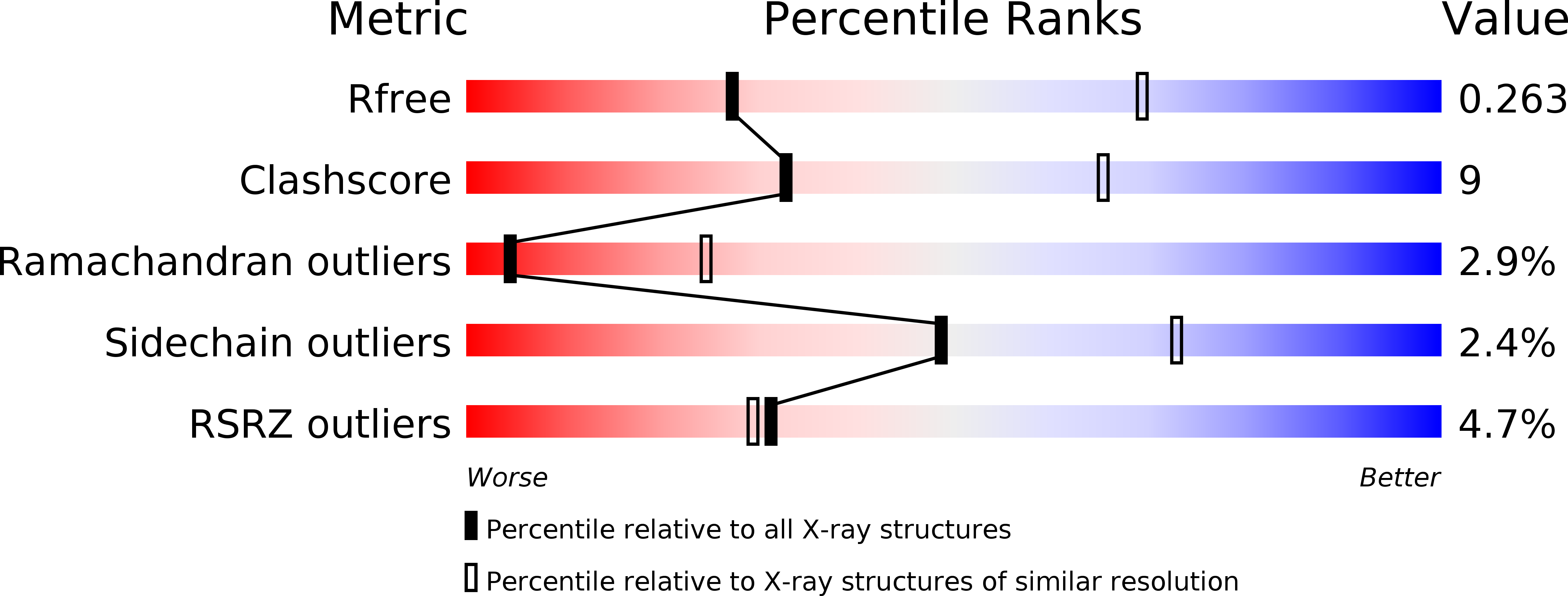
Deposition Date
2017-03-10
Release Date
2017-11-22
Last Version Date
2023-11-22
Entry Detail
Biological Source:
Source Organism:
Host Organism:
Method Details:
Experimental Method:
Resolution:
3.30 Å
R-Value Free:
0.27
R-Value Work:
0.22
R-Value Observed:
0.22
Space Group:
P 21 2 21


